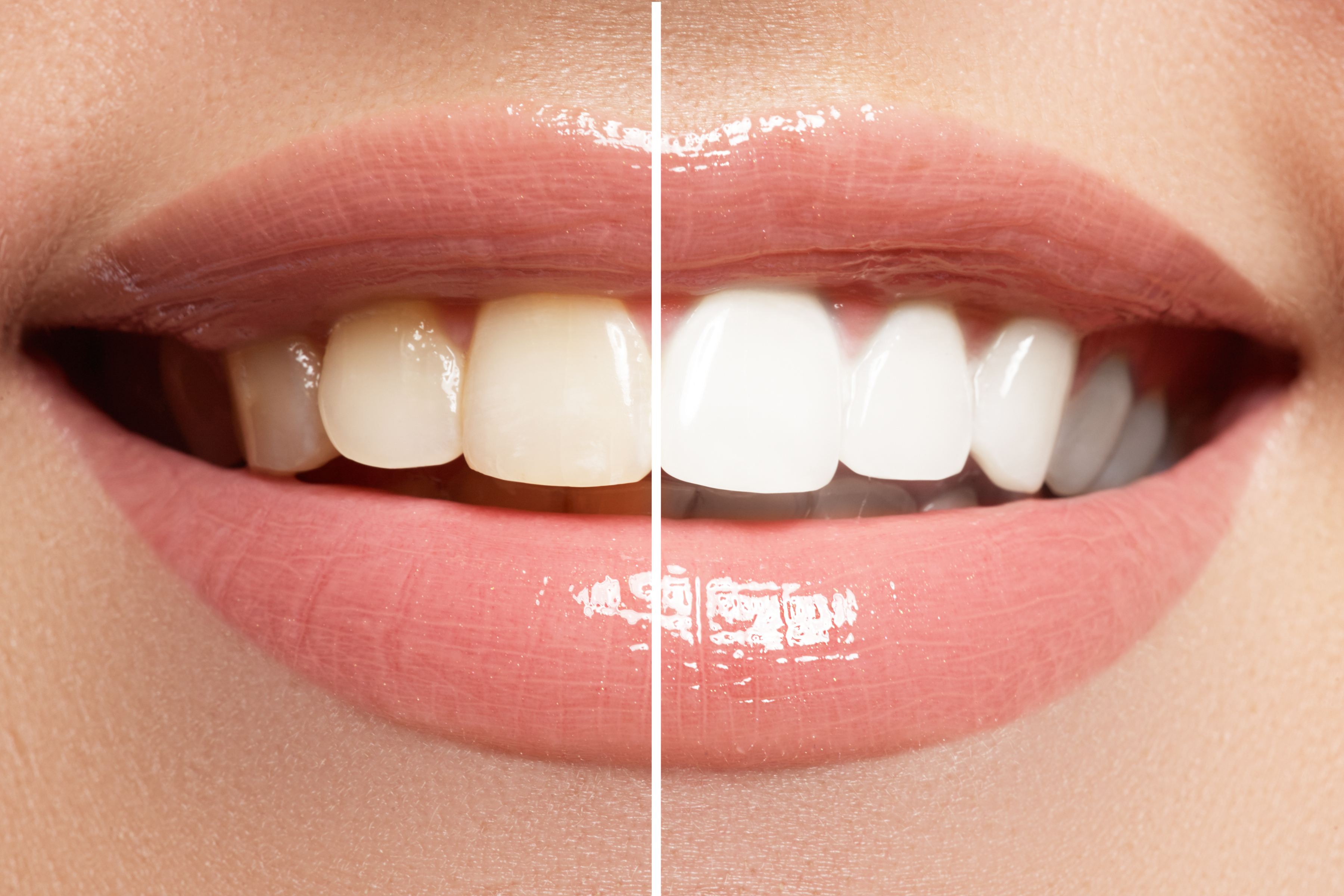Whereas general dentistry deals more with dental hygiene and the prevention, identification, and treatment of oral diseases, cosmetic dentistry focuses on improving the appearance of teeth – correcting issues such as chipped, crooked, discolored or missing teeth. You don’t need to see a specialist to get most cosmetic dental services, but it certainly helps to learn more about the types of procedures available and to discuss them with your family dentist.
Teeth Whitening – It’s one of the most common types of cosmetic dentistry and it’s something that you can work on at home. Teeth whitening procedures are typically done with bleach, though some dentists incorporate laser whitening into the treatment. You can have whitening performed in-office, get supplies from your dentist to use at home or purchase kits over the counter.
Crowns – Crowns or “caps” can be made from ceramic, metal, resin, or porcelain fused into metal materials. They’re used to enhance broken, decayed or badly stained teeth when the tooth root is still viable. Before crowns can be applied to the damaged tooth, the dentist will first fashion the tooth to support the crown.
Crowns are recommended by dentists only when other procedures won’t produce effective results. Crowns can last from five to 15 years.
Bridges – Bridges are also sometimes called fixed, partial prostheses and are utilized to replace missing teeth or to close a crack between the teeth. Materials used for the artificial tooth are usually made of gold, porcelain, alloys or a mixture of those materials. The bridge is anchored to healthy teeth, or a viable implant, flanking the area where the missing tooth was.
Bridges can last from three to fifteen years if proper dental hygiene is followed.
Veneers – These are thin slices of porcelain that are cemented to the front of teeth that have had a fine layer of enamel removed from them. The result is teeth that appear perfectly white.
Inlays and Onlays – These alternatives to crowns are used like fillings, but they are custom-made, rather than molded, and are bonded to impacted teeth. Inlays fill holes, while onlays, at least in part, sit on part of the outer surface of the tooth.
Dental Implants – To replace missing or irreparably damaged teeth, dentists implant small titanium bolts into the jawline where the missing or removed tooth once sat. A brand new, porcelain replacement tooth is attached to the bolt.
Dental Bonding – Bonding helps enhance a tooth’s look if they’re chipped, broken, stained or have two much space between them. The procedure includes the application of enamel and glistening resins into the surface of the tooth, then hardened with a laser or ultraviolet light.


